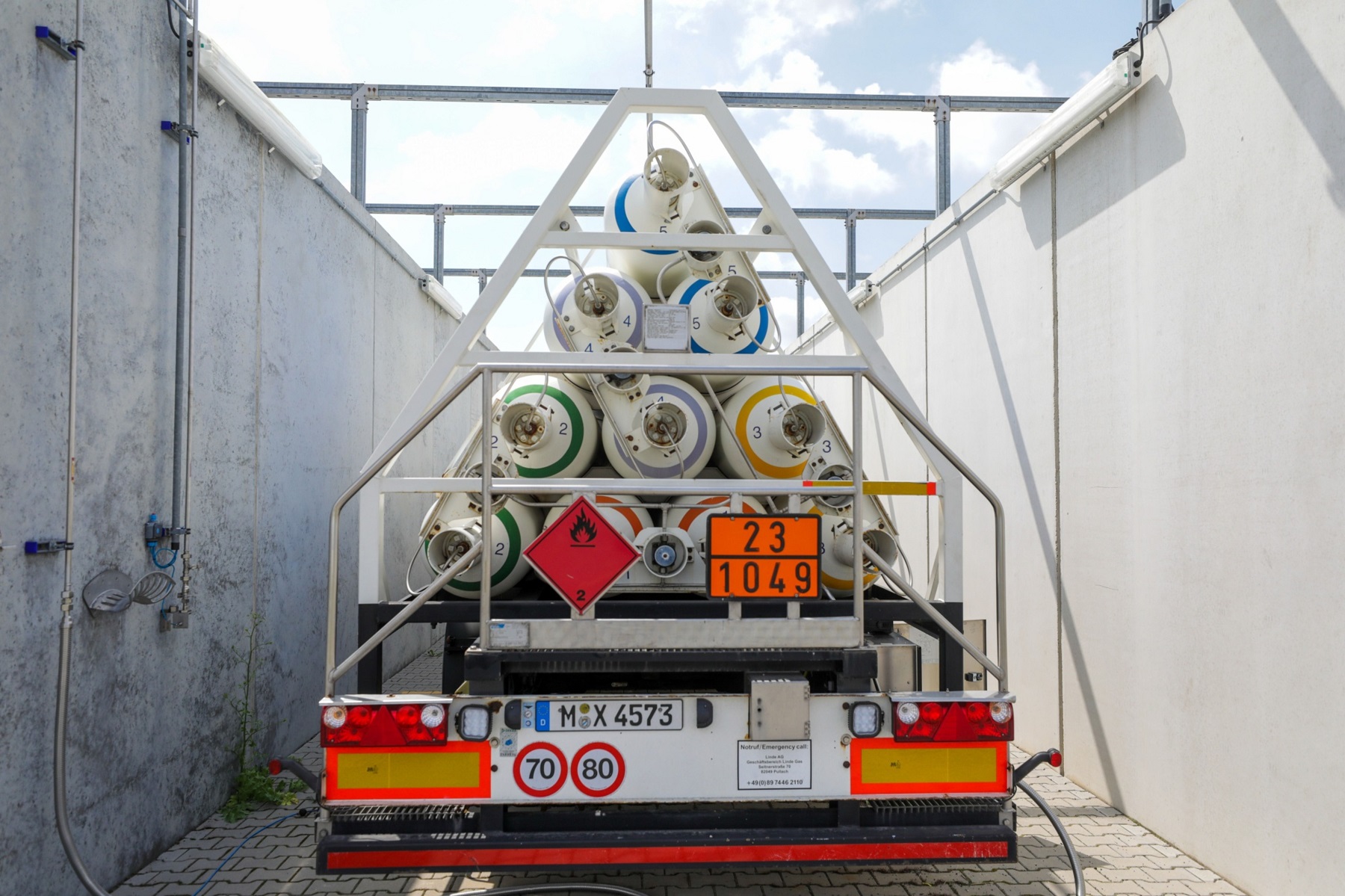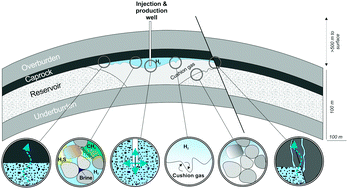I have a tiny data point that I thought everyone would like to hear. It's nothing like what @jhm and others share, but I think it helps with this narrative.EV share to reach 13.5% this year!
BEV share to reach 10.1% this year!
This gives me such joy. Growth in vehicle count this year is 57%. Just one more doubling of EVs gets us past the oil demand peak. That's just 2 years away, 2024.
I still think 2019 will likely stand as the all time demand peak, but within this decade, the 2020s there must also be a local peak before oil demand is forced into secular decline. In my view, that final peak will happen 2022, 2023, or 2024. Growth is to hot and heavy over the next four years for 2025 to post a new demand peak for oil.
This is no longer about making long-term assumptions. It's about the next 3 years. In 2022, EVs hit 10.6M. Then exceed 21M in 2024. This gets EVs to a scale where even if growth in 2025 is just 25%, 5M, it's big enough to offset 0.2 mbpd of motor fuel demand. This is significant demand decay near the peak.
Additionally, I'm mot worried about PHEVs. BEVs are 3× PHEVs and growing faster. BEVs are crossing the 10% market share right now. So it's hard for PHEVs to keep up, being about 3 years behind. They do help cut oil demand and help some consumer transition to BEVs. So I'm glad to see these contributions. In 2026, BEVs can hit 50% market share. I think PHEVs will be losing market share to BEVs past that point as saturation starts to slow the transition.
My wife works for a company that does underwater welding and for most of the time their income came from fixing oil rigs. After updating her with this new info @jhm has shared, she goes onto to tell me that they used to have 2-3 oil rig jobs per month and now it's 2-3 a year. Over the last, say 7 years, they have slowly transitioned from offshore projects to onshore, doing mostly service on water tanks.
They saw the writing on the wall and knew they had to pivot if they wanted to survive.
Last edited:









